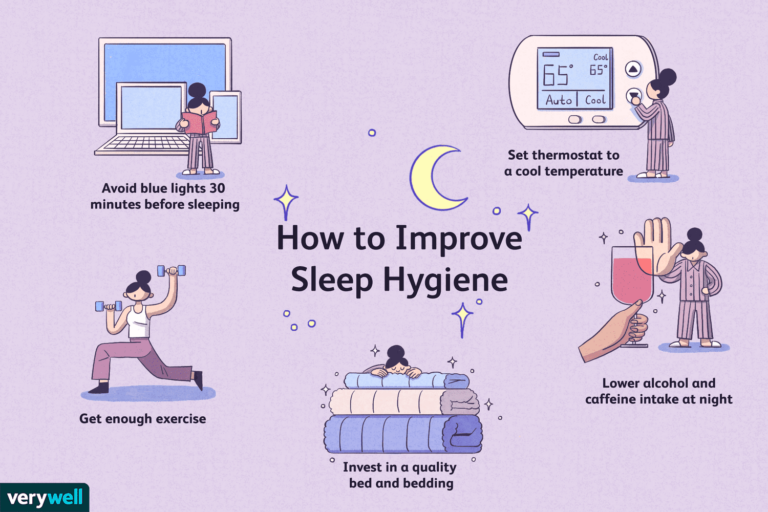Health Risks of a Sedentary Lifestyle: What You Need to Know
In today’s fast-paced world, a sedentary lifestyle has become the norm for many. With most jobs requiring long hours at a desk, and leisure activities revolving around screens, staying active has never been more challenging. However, prolonged inactivity can have serious consequences on your health. The health risks of a sedentary lifestyle are significant and can affect various aspects of your body, from your heart to your bones. In this article, we’ll explore these risks, why they matter, and how you can take steps to combat the negative effects of a sedentary lifestyle.
The Hidden Dangers: Heart Disease and High Blood Pressure
One of the most concerning risks of a sedentary lifestyle is its impact on heart health. Sitting for long periods reduces the heart’s ability to function efficiently. Over time, this can lead to higher cholesterol levels, elevated blood pressure, and an increased risk of cardiovascular diseases. Lack of physical activity can also contribute to obesity, which further heightens the risk of heart disease. Regular exercise, even something as simple as walking or light stretching, can significantly lower your risk of developing heart-related conditions.
Weight Gain and Obesity: The Silent Culprits
Sedentary behavior is directly linked to weight gain and obesity. When your body is inactive, it burns fewer calories, leading to an energy imbalance. Over time, this imbalance can result in excessive fat storage, contributing to weight gain. Obesity is a major risk factor for a range of serious health issues, including diabetes, heart disease, and joint problems. Small changes in your daily routine, like taking the stairs instead of the elevator or walking for 20 minutes each day, can help you maintain a healthier weight and improve your overall health.
Impact on Mental Health: Depression and Anxiety
While the physical risks of a sedentary lifestyle are well-known, its effects on mental health are equally concerning. Research shows that sitting for extended periods can increase the risk of developing depression and anxiety. Physical activity helps release endorphins, which are the body’s natural mood boosters. Without enough movement, this lack of endorphin production can lead to feelings of sadness, stress, and anxiety. Incorporating physical activity into your daily routine, such as yoga, walking, or swimming, can help reduce stress and improve your mental well-being.
Musculoskeletal Issues: Back, Neck, and Joint Pain
Sitting for long periods puts a significant strain on your musculoskeletal system. Poor posture and lack of movement can lead to chronic back and neck pain, stiff joints, and muscle weakness. Over time, this can result in more serious musculoskeletal problems, such as herniated discs or arthritis. It’s essential to practice good posture and take breaks throughout the day to stretch or walk around. Simple stretches and ergonomic adjustments to your workspace can significantly reduce the risk of developing musculoskeletal issues.
Type 2 Diabetes and Insulin Resistance: A Growing Concern
A sedentary lifestyle is closely linked to an increased risk of Type 2 diabetes. When the body remains inactive, its ability to regulate blood sugar levels decreases. This can lead to insulin resistance, a condition where the body becomes less responsive to insulin, resulting in higher blood sugar levels. Over time, this can develop into Type 2 diabetes. Regular physical activity helps improve insulin sensitivity and blood sugar control, reducing the risk of developing this chronic condition. Incorporating exercise into your routine is one of the best ways to manage your blood sugar levels and prevent diabetes.
FAQs
Q1: How does sitting for long hours affect my metabolism?
Sitting for extended periods slows down your metabolism, reducing your body’s ability to burn calories and regulate fat storage, which can lead to weight gain and metabolic issues.
Q2: Can a sedentary lifestyle lead to heart disease even if I’m not overweight?
Yes, even if you are not overweight, a sedentary lifestyle can still increase your risk of heart disease by contributing to high blood pressure, poor circulation, and cholesterol imbalances.
Q3: How much physical activity do I need to counteract the effects of sitting all day?
Experts recommend at least 150 minutes of moderate exercise or 75 minutes of vigorous activity per week, along with daily breaks to move and stretch during sedentary hours.
Q4: What are the best types of exercise to reduce the health risks of sitting?
Cardio exercises, strength training, and stretching routines are all effective in reducing the health risks of sitting. Activities like walking, cycling, yoga, and swimming are great options for overall health improvement.
Q5: How can I improve my posture while working at a desk?
To improve posture, sit with your feet flat on the floor, your back straight, and your shoulders relaxed. Use a chair with good lumbar support and adjust your computer monitor to eye level. Take regular breaks to stand and stretch.

